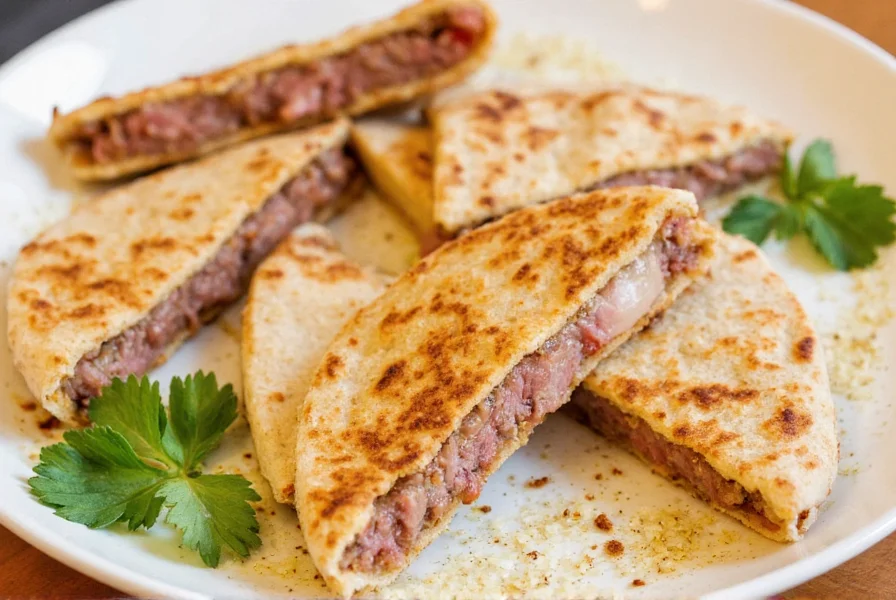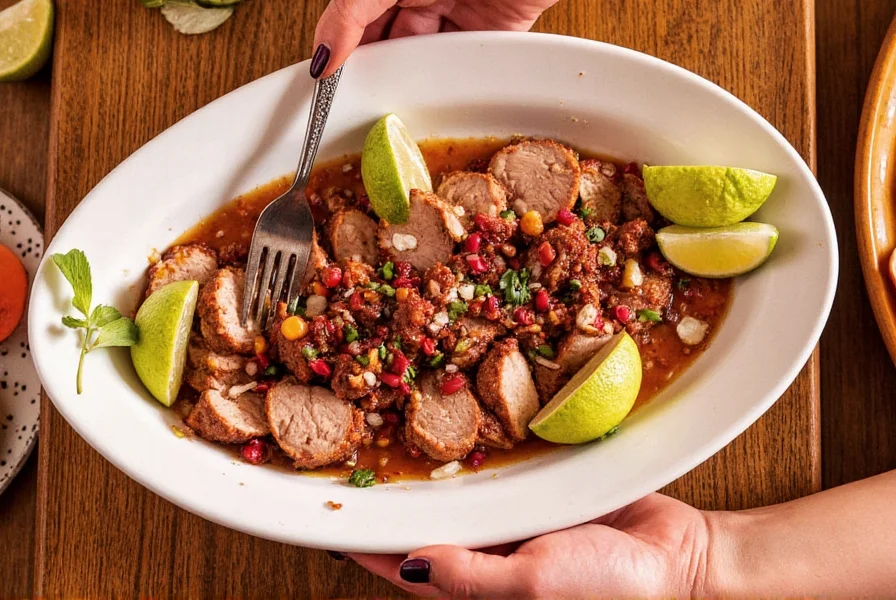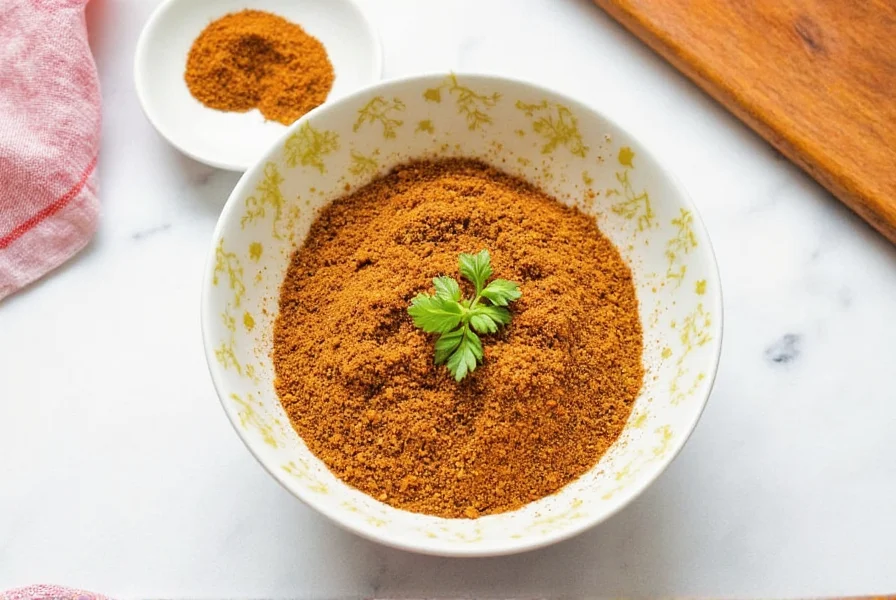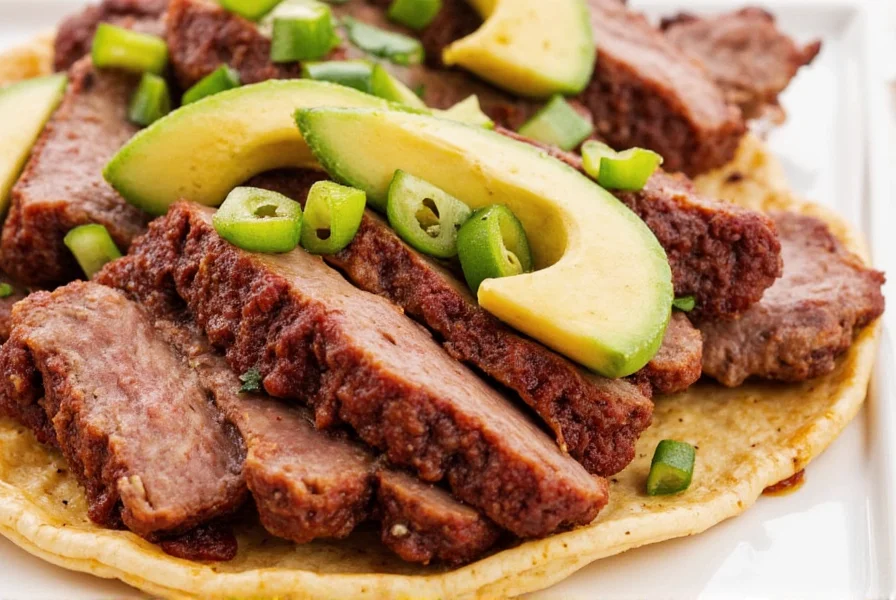Adobada pork is a traditional Mexican dish made by marinating pork in a rich, spiced sauce before slow-cooking it. The word "adobada" comes from the Spanish word adobar, which means "to season." This method of preparation gives the meat a deep, complex flavor that’s both savory and slightly tangy. In this article, we’ll break down everything you need to know about adobada pork, from its origins and flavor profile to how to cook it at home. Whether you're an amateur enthusiast or a seasoned chef, this guide will help you unlock the secrets of this delicious meat.
Table of Contents
- What Is Adobada Pork?
- The Flavor Profile of Adobada Pork
- Cooking Techniques for Adobada Pork
- Buying Guide: How to Choose the Best Adobada Pork
- Practical Tips for Cooking Adobada Pork
- Frequently Asked Questions
- Conclusion
What Is Adobada Pork?
Adobada pork is a traditional Mexican dish made by marinating pork in a rich, spiced sauce before slow-cooking it. The word "adobada" comes from the Spanish word adobar, which means "to season." This method of preparation gives the meat a deep, complex flavor that’s both savory and slightly tangy.
The marinade typically includes ingredients like garlic, chili peppers (such as guajillo or ancho), vinegar, and a variety of spices including cumin, oregano, and paprika. Some recipes also incorporate citrus juice, like lime or orange, for a bright, zesty note.

Origin of Adobada Pork
Adobada pork has roots in Mexican cuisine, particularly in regions like Oaxaca and Michoacán. It was traditionally cooked over open flames or in clay pots, giving it a smoky aroma. Today, it’s commonly found in street food stalls, taquerías, and even high-end restaurants across Mexico and beyond.
The Flavor Profile of Adobada Pork
Adobada pork is known for its bold, layered flavors. Here's a breakdown:
- Savory: The spices and herbs create a deep, earthy base.
- Spicy: Depending on the type of chilies used, the dish can range from mildly warm to intensely fiery.
- Tangy: Vinegar and citrus add a refreshing acidity that balances the richness of the meat.
- Smoky: Slow-cooked or grilled adobada pork often has a subtle smokiness from the cooking method.

Cooking Techniques for Adobada Pork
There are several ways to prepare adobada pork, each offering a slightly different texture and taste. Here are some popular methods:
Slow-Cooking
One of the most common techniques involves marinating the pork overnight and then slow-cooking it in a pot or crockpot. This allows the flavors to penetrate the meat fully, resulting in tender, juicy slices.
Grilling
For a more authentic experience, many people choose to grill the marinated pork over charcoal or wood. This adds a nice char and smoky flavor that complements the spice blend.
Stewing
Some recipes call for stewing the pork in the same marinade, creating a rich, saucy dish that can be served with rice, beans, or tortillas.

Buying Guide: How to Choose the Best Adobada Pork
Whether you're buying pre-made adobada pork or preparing it yourself, choosing the right ingredients is key to achieving great results. Here's a detailed buying guide:
Choosing the Right Cut of Pork
Adobada pork is typically made from shoulder or loin cuts, which are flavorful and remain tender when slow-cooked. Look for pork with a good amount of marbling for the best texture and flavor.

Marinade Quality
If you’re purchasing pre-marinated adobada pork, check the label to ensure it contains real spices and no artificial additives. High-quality marinades should include fresh garlic, chilies, and natural acids like vinegar or citrus juice.
Store-Bought vs. Homemade
While store-bought adobada pork is convenient, homemade versions allow for greater customization. If you're making your own, use a quality spice mix and let the meat sit in the marinade for at least 8–12 hours for maximum flavor.
Use Cases and Occasions
Adobada pork is incredibly versatile and can be enjoyed in various ways:
- Street Food: Served in tacos, burritos, or quesadillas.
- Family Meals: Perfect for dinners or weekend gatherings.
- Party Dishes: Great for potlucks or fiestas.
- Meal Prep: Can be stored and reheated for quick lunches or dinners.

Practical Tips for Cooking Adobada Pork
Here are some essential tips to help you make the most of your adobada pork experience:
Tip 1: Let the Meat Rest After Cooking
After slow-cooking or grilling, let the pork rest for 10–15 minutes. This helps retain moisture and makes it easier to slice.
Tip 2: Use Fresh Ingredients
Always try to use fresh garlic, chilies, and herbs if possible. They bring out the best in the dish.
Tip 3: Adjust the Heat Level
Depending on your spice tolerance, you can adjust the number of chilies or use milder varieties like poblano or jalapeño instead of guajillo or ancho.
Tip 4: Pair with the Right Sides
Adobada pork pairs well with white rice, refried beans, avocado, and warm tortillas. You can also serve it with a side of salsa or pickled vegetables for extra flavor.

Tip 5: Experiment with Variations
Feel free to get creative! Add a splash of beer or wine to the marinade for depth, or try using different types of chilies to change the heat level and flavor profile.
Frequently Asked Questions
| Question | Answer |
|---|---|
| What is adobada pork? | Adobada pork is a traditional Mexican dish where pork is marinated in a spiced sauce containing chilies, vinegar, garlic, and spices, then slow-cooked or grilled. The name comes from the Spanish "adobar," meaning "to season." It's distinct for its tangy, smoky flavor profile and is commonly used in tacos and other Mexican street foods. |
| How is adobada pork different from carnitas? | While both are Mexican pork dishes, adobada is marinated in a chili-based sauce and often grilled, giving it a tangy, smoky flavor. Carnitas are braised or simmered in their own fat until tender, resulting in a richer, fattier texture without the marinade. Adobada typically has a reddish color from the chili marinade, while carnitas are golden-brown. |
| What's the minimum marinating time for adobada pork? | For optimal flavor, marinate adobada pork for at least 8–12 hours. Overnight marination allows the spices and acids to fully penetrate the meat, enhancing tenderness and taste. While shorter marinating times (2–4 hours) will add some flavor, the depth and complexity improve significantly with longer exposure. |
| Which pork cut works best for adobada? | Pork shoulder (also called pork butt) is ideal due to its marbling and fat content, which keeps the meat moist during slow cooking. Pork loin can also be used for a leaner option, but shoulder generally yields juicier, more flavorful results perfect for tacos and burritos. |
| Can I make adobada pork without a grill? | Absolutely! While grilling adds smokiness, you can achieve great results by slow-cooking in a crockpot (low setting for 6–8 hours), oven-roasting at 325°F (165°C) for 2–3 hours, or stovetop braising in the marinade until tender. All methods produce flavorful, tender meat suitable for tacos and other dishes. |
Conclusion
Adobada pork is more than just a dish—it’s a celebration of flavor, tradition, and the art of seasoning. Whether you're enjoying it at a local eatery or cooking it at home, adobada pork offers a unique taste experience that’s sure to impress. With the right ingredients and techniques, you can bring the essence of Mexican cuisine into your kitchen.
So next time you see the words adobada pork, remember: it’s not just meat. It’s a journey of spices, history, and culture wrapped in every bite.










 浙公网安备
33010002000092号
浙公网安备
33010002000092号 浙B2-20120091-4
浙B2-20120091-4